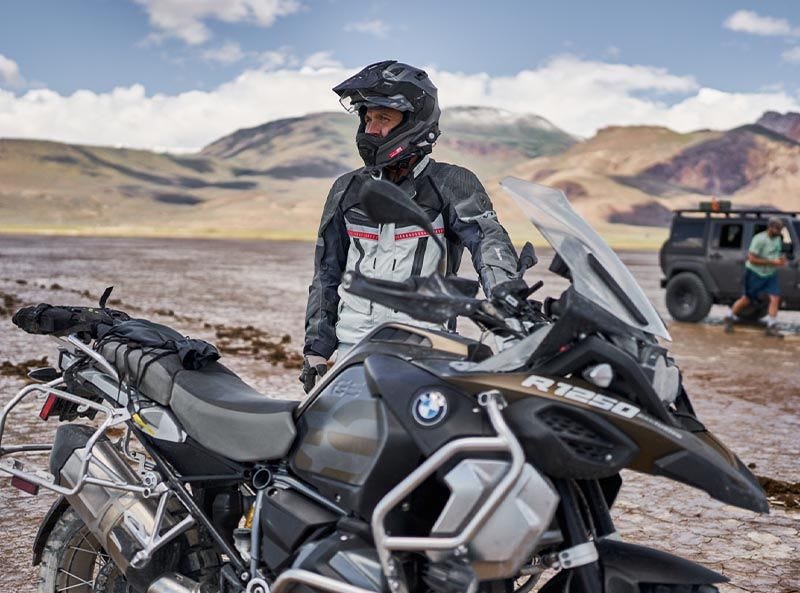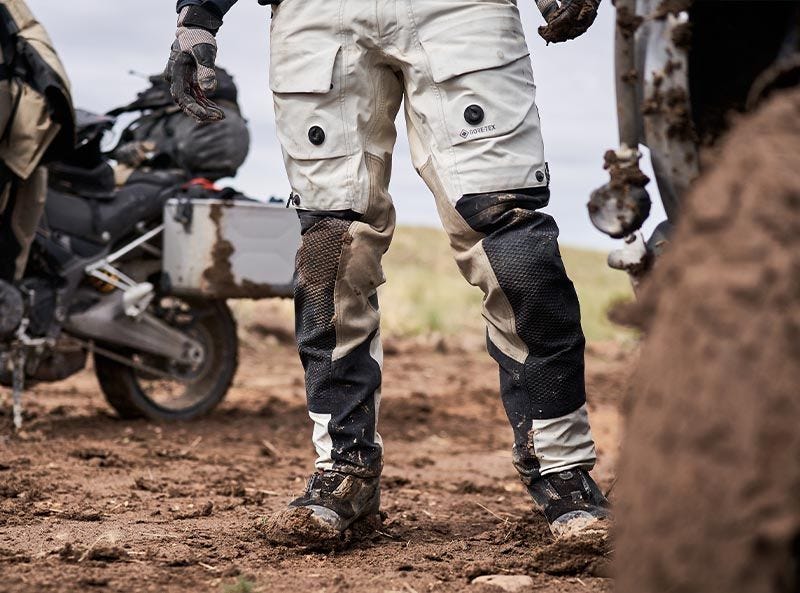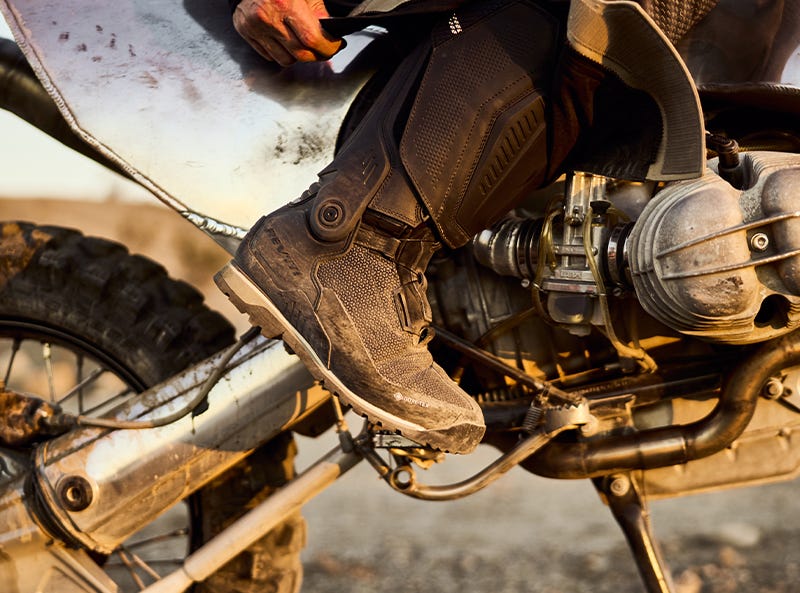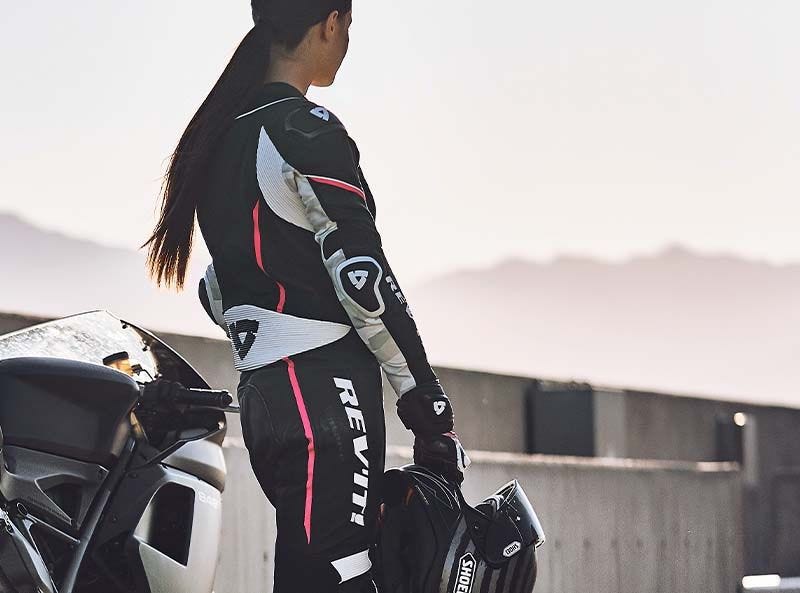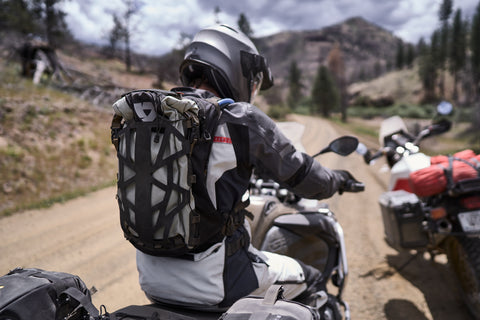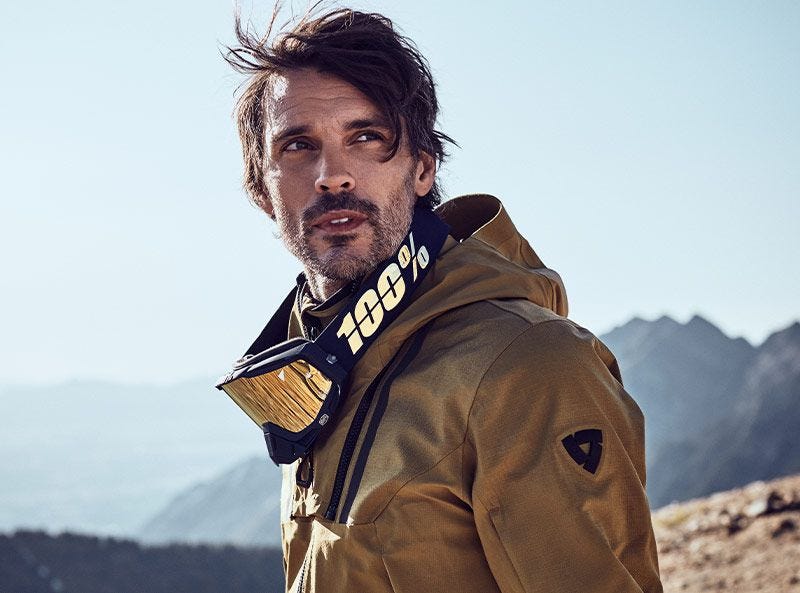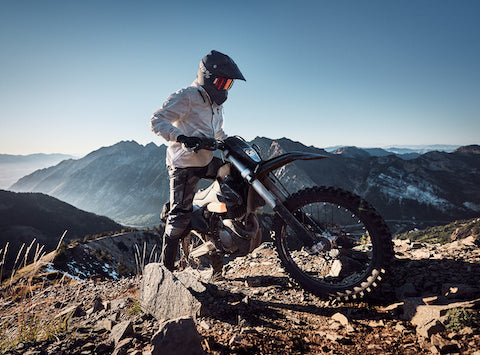America’s gift to the world
REV’IT! rider Johnny Lewis explains the purpose of a steel shoe in flat track, a century-old form of motorcycle competition that Gerald Foster, author of “The Complete Book of Flat Track Racing,” called, “America’s unopened gift to the world.”


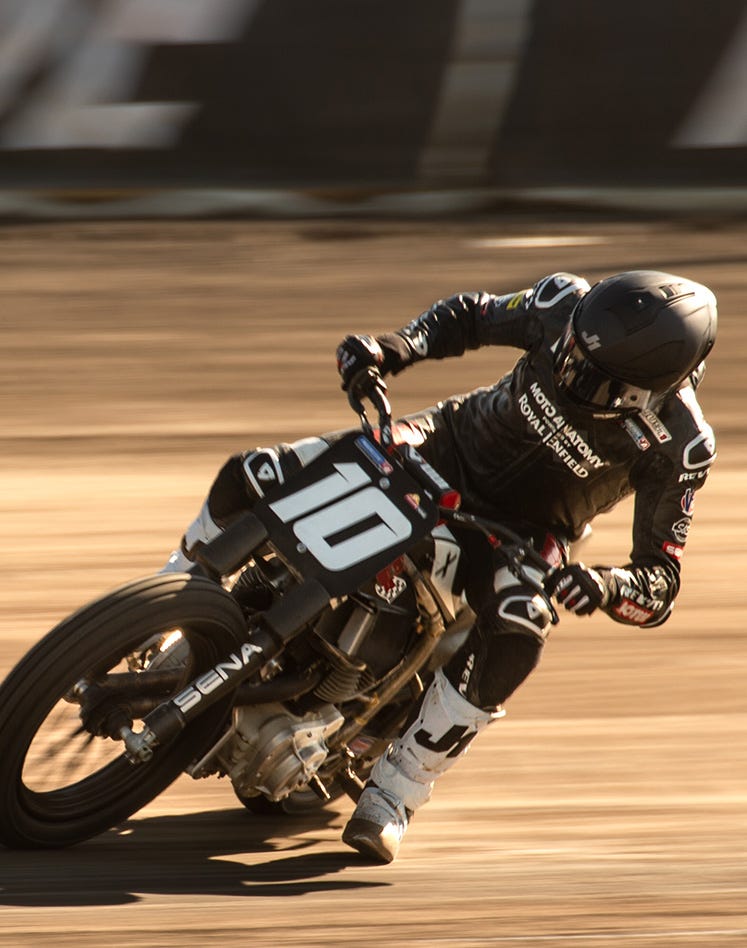
Billed as “America’s original extreme sport,” flat track is rooted in a century of competition, headed by longstanding events like the Springfield Mile and the Peoria TT. “Flat track is a pretty historic type of racing,” says Lewis. “The connection is that it is so simple but so unique.”
Part of what makes flat track unique is the steel shoe that every rider wears over his or her left boot, regardless of experience or class of competition. All that clanking and scraping makes for noisy pits and prompts newcomers to ask, "Why are those riders limping?"
The late Ken Maely, known far and wide as “The Shoe Man,” began making steel shoes in 1950. Asked to describe the purpose of the shoe, Maely replied, “You adjust the handling of a machine by the amount of weight you put on the shoe — the more weight on the shoe, the lighter the weight on the front wheel.”
Decades later, Lewis echoes Maely’s thoughts. “If you’re going down a straightaway with your feet on the footpegs, 100% percent of the bike’s weight is on the tires,” he says. “When we take our left foot off the footpeg and stick it out entering a corner, now less than 100% of the weight of the motorcycle is on the tires.
“If the track has more traction, we might put more weight on our foot to loosen up the motorcycle. Now, I have 30% of the weight of the motorcycle on my foot and the remaining 70% is split between the front and rear tires. Usually, that split is pretty even.”

A flat-tracker’s left leg is like the rudder of a boat, explains Lewis, who founded the Florida-based Royal Enfield Slide School by Moto Anatomy. “When you get your left leg out, I tell my students, the motorcycle will start to change direction because you’re introducing lean angle. Everything else follows suit. It’s the first step.
“As we introduce lean angle to get the bike to change direction, we are pushing the bike into the ground. The more weight we put on the shoe, the more we can get the bike sideways, scrub speed, and change direction.” Modern flat-track bikes have rear brakes, but TTs excepted, front brakes aren’t permitted.

Track conditions change, so the shoe is curved, even on the sides. That allows the shoe to deflect off the rough stuff as the riders drift into a corner. Shoemakers shape their designs for specific riding styles and types of boots.
For decades, flat-trackers wore traditional lace-up lineman’s boots, around which Maely and the like practiced their craft. Lightshoe’s Gary Kinzler, who builds Lewis’ steel shoes, offers packages for road-race, trials, and motocross boots. Lewis favors the latter option.
“Gary knows where I put my foot, how I angle my foot,” says Lewis. “He adds material in one spot, and because he knows how I plant my foot — pinky toe first — he shapes the shoe a little differently. That edge helps me glide across a really bumpy or tacky spot on the track.”
Motorcyclists are told to look where they want to go. For flat-trackers, the left foot leads the way. “I point my foot in the direction I want to go,” Lewis says. “If you study photos, you can see my pinky toe pointing to the inside of the track, where I want to go. It’s also where my eyes should be looking and my chest should be facing.
“I point the inside toe, and as I put my foot down, the weight goes back to the heel. So, the outer left side of the shoe gets a wear spot. The rest of the shoe almost doesn’t matter. I can wear down a steel shoe pretty quickly, because I am consistently hitting the same spot.
“Professional riders are so precise — where they put their feet over and over again — that they wear out the spot on their steel shoe pretty quickly and they have to get it resurfaced. New riders don’t wear out steel shoes because they are touching in a different spot every time.”
Those wear spots are a flat-tracker’s fingerprint. “I can tell from the wear marks on the steel shoe how a rider puts his foot down. At my school, I ask my students, ‘Let me see your steel shoe.’ I can look at it and say, ‘You’re doing this or you’re doing that.’ They’re like, ‘How did you know that?’”

Motocrossers lead with their feet, too, Lewis notes, but the goal is different. “Motocrossers usually put their foot forward and up, toward the front axle, angled into the wheel. When you hit a rut, you want to be able to pick up your foot. Motocrossers point their toe in to hold the bike in the rut.
“If I did that riding flat track, pointing my toe away from the direction of travel, I would have to use more upper body to turn the bike. Then, the front end of the bike would push. Rotating the foot changes the hip position, chest position, shoulders, arms, head, and eyes. It’s like flipping a switch. Everything reacts to that foot.”
Speedway riders also wear steel shoes, but the shape of the shoe is different. “Once a speedway rider gets fast at flat track,” Lewis says, “he can’t use the speedway shoe because he keeps catching his foot. He actually needs the flat-track shape. Flat track is that specialized.”
Next time you’re at an AFT race, standing on the fence line at Lima or Sacramento or Volusia, work your way toward the inside of Turn 1 and look for Lewis’ pinky toe. It will be wrapped in a shiny steel shoe, pointing your direction, skimming the groove, leading Lewis round the corner.
